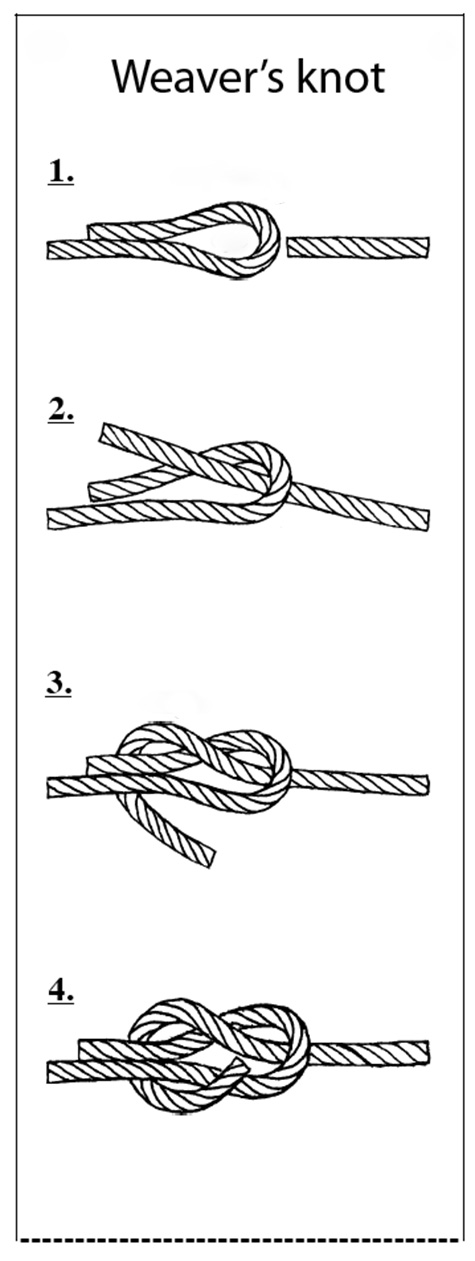Connecting to the class server
Watch this video to learn how to connect to the class server from your Apple computer.
Watch this video to learn how to connect to the class server from your Apple computer.
Are you familiar with the Font book application in the Mac OS? Go to your Applications folder > look for the Font Book application> and launch it.
The second column from the left is a list of all installed fonts on your computer. Scroll the mouse over to the font column and select one. You can see the full layout of the typeface. As you scroll down the list of fonts you will dixcover that some fonts are mostly symbols. As you work on your website and digital glossary, you might want to spend time scanning through the many font options that are on the computer. We have many more fonts on the server. I sent you a link to a tutorial showing how to log on to the class server and how to add fonts to your computer workstation. Check your email.
Your classmate Dean found this free FTP program. Say it with me – IT IS FREE – But it installs only on Firefox. Copy and paste this link using FIREFOX not Safari
https://addons.mozilla.org/en-US/firefox/addon/684
Then hit the INSTALL button It will install it in your FireFox brower. I will add a shot tutorial to configure it soon. That way it may be easier to add files to your web space.
If you use Adobe Photoshop, you might find this on line video tutorial of interest. Follow this link to a video by Matt Kloskowski. The series is part of the on line videos by Peachpit Press. The link that takes you to the video is at the bottom and is called Layer Masking 101 Tutorial.
These instructions were included in the shipment of Retention aid.
Carriage House Retention Aid is a cationic poly(arnine) specifically manufactured for the retention of pigments, dyes and other fillers in paper pulp.
Directions for using retention aid
Please note that all pigments, dyes, and other chemicals should be handled with care. For more information as to the proper precautions in working with art materials, contact: Cent for Occupational Hazards, 7 Beekman St., New York, NY 10038. The Center has several detailed publications on this important subject.
Use and Instructions:
Retention Aid is used by first making a stock solution. This is then measured out for use and diluted further before adding to the pulp. The dry powder has an indefinite shelf life. The mixed solution is best used within one or two days, but will store longer under most conditions.
Making stock solution:
The stock solution is made by mixing the dry powder with water to make a concentrated solution. To allow the solution to mix properly, it is best to make it the night before it is needed, though in most circumstances a solution free of lumps can be made within an hour. The ratio of the powder to the water is 1 tsp. powder per 1 pt. of water. Slowly add the powder to the water while mixing, until all powder is into solution. If necessary, use a blender to break up the clumps.
Use of stock solution:
The stock solution must first be diluted with 1 gal. of water before it is added directly to the pulp to allow for even dispersion. Add your pigment to the pulp. Once you have the color you want, slowly begin adding the retention aid solution. Continue to add until the pigment is retained.
Use with sizing:
If you are using sizing, the order for mixing is: pigment, retention aid, sizing. Allow about 5 min. between steps for proper mixing.
Carriage House Paper
1 800 669 8781
A frequent question in class is “Can you show me AGAIN how to tie a weaver’s knot. This illustration my help.

A resent observation. A student was using pigment to add color to the cotton fiber. She added too much pigment to the pulp. When she squeezed the pulp to, she noticed that alot of the yellow ran out. When this happens, you need to rinse the pulp. Do not add more retention agent as that will not keep the pigment from running out. Adding more retention agent is not going to keep the pigment in the pulp. It is simply over saturated with pgiment. Rinse the pulp with fresh water to flush out the excess pigment prior to forming the sheets. Not rinsing it will stain all the felts. It is best to be safe and wear rubber gloves when flushing out the pigment if you think it is at excess levels.
Copyright © 2004–2009. All rights reserved.
RSS Feed. This blog is proudly powered by Wordpress and uses Modern Clix, a theme by Rodrigo Galindez.